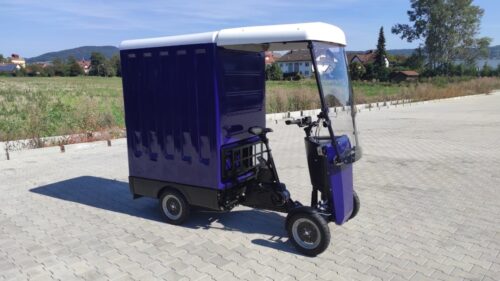Here’s a report by the American Bar Association (ABA) Committee on Communist Tactics, Strategy, and Objectives from the 1960 United States Congressional Record in the Senate.

They’re very happy about President Eisenhower in 1958 formally declaring May 1 as “Law Day”, as in an American law enforcement day.
If you aren’t celebrating this as a holiday of “individual freedom” in America, you’d be excused. A lack of celebration on May 1st every year, the complete lack of anyone paying attention to history or what happened, is ironically by design.
“Law Day” proclamation in 1958 was an anti-holiday tactic from the U.S. government. The idea literally was to prevent people from gathering and talking about injustice and excessive force that has been applied under the law (e.g. prevent May Day being celebrated in America).
It’s a bit like how the state of Arkansas in 1985 officially combined a day to celebrate slavery with the federal Martin Luther King Jr. (MLK) Day. This came after two years of requiring state employees wanting a day off of work to declare affinity to either MLK or a secessionist domestic terrorist known for raping black women (with a third option being they could refuse both and choose their own birthday).

Nobody in America remembers or talks about either May Day and Law Day anymore because… that’s the whole idea.
I’ve written before about the Haymarket Affair on May 4th of 1886. Here’s some more commentary in how tragic deaths and unjust trials in America fueled popularization of May Day around the world as a holiday.
…the protests [calling for an eight hour workday] turned violent when police — “which were basically the armed force of the capitalist masters,” according to historian Linebaugh — attacked workers demonstrating near the McCormick Reaper plant. The following day, a meeting held in the city’s Haymarket Square turned even bloodier. Again, the police intervened, said Linebaugh, triggering clashes that killed both officers and civilians.
A bomb exploded among police ranks in the melee, but historians say it’s unclear whether it was intended for the police or the crowd of civilians.
“There was a trial of eight men who were found guilty of conspiracy to murder,” Linebaugh said. “Even though no evidence was ever produced that any of them had any relationship to this bomb, and four of them were eventually hanged despite a worldwide campaign in England, Europe, Mexico to save their lives.”
Linebaugh points to the influential words of August Spies, one of the convicted men, who just before his execution cried out the famous words: “There will come a time when our silence will be more powerful than the voices you strangle today.”
His words “swept the globe,” Linebaugh said. “Throughout Latin America, throughout Europe and in North America, to many, the day became this holiday to celebrate working people.”
To honor the Chicago workers, the International Socialist Conference in 1889 named May Day a labor holiday, birthing what many nations now call International Workers’ Day.
By 1893 the governor of Illinois pardoned the men convicted, calling the trial unfair and a menace to the Republic because “the law was bent to deprive” Americans of civil liberties.
As a result of the 1886 deaths and false convictions, people worldwide observe May 1 as a holiday to commemorate labor protests against abuses of power. A kind of “no taxation without representation” theme, if you will.
Though the movement celebrating May Day originated in the United States, it is not a recognized holiday there. May Day commemorates the mass protests on May 1, 1886, for the eight-hour day, when sixty thousand workers went on strike in Chicago, and the subsequent Haymarket Affair, where eight labor organizers were hanged by the state.

However, in the United States, there’s very intentionally no May Day holiday; instead, the very specifically named “Law Day” was established by the President to quell remembering and fighting for what’s right. This initiative aimed to encourage Americans to stay out of the streets, avoid gatherings, focus on work and above all stop discussing events where the law was unfairly used against those advocating for justice.








